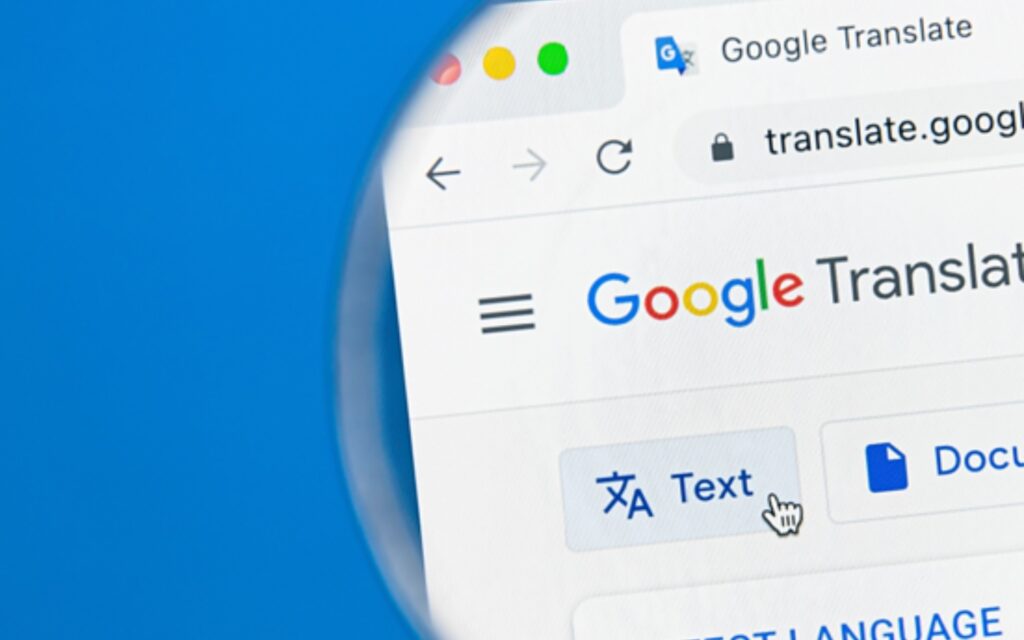Google Launches AI-Powered Contextual Translations

Discover the latest advancements in language translation with Google’s AI-powered features in Google Translate.
- Google Translate has added AI-powered features, including contextual translations that provide helpful and accurate translations based on context and intent.
- The app has received a fresh new design on Android, with easier access to voice input, conversation translation, and Lens camera translation, and new gestures for easier navigation.
- Image translation has been expanded with advanced machine learning, allowing the app to translate complex images and blend translated text into them for a more natural look.
Today, Google launched AI-powered features in Google Translate that provide helpful and contextual translation on mobile and the web.

Contextual Translations
One of the significant changes to Google Translate is the addition of more contextual translation options with descriptions and examples in the translated language.
This will allow users to accurately translate words, phrases, and idioms based on their intent and context.
The feature will be rolled out in English, French, German, Japanese, and Spanish in the coming weeks.
New Design
Google has also given its Translate app a new design on Android, with a new look coming to iOS soon.
The new design offers a larger canvas for typing and easier access to voice input, conversation translation, and Lens camera translation.
Google has also added new gestures to make the app more accessible, such as selecting a language with fewer taps and bringing up recent translations with a swipe.
The new design makes translation results more readable, with a dynamic font that adjusts as text is typed and alternate translations and dictionary definitions for easy exploration of different meanings.
In addition, 33 more languages are now available on device in the Translate app, including Basque, Corsican, Hawaiian, and many others.
Image Translation
Another development in the world of Google Translate is the expansion of image translation.
With the help of advanced machine learning, the app can now translate complex images and blend translated text into them to look more natural (available on Android phones with 6GB+ RAM).
Google has also recently expanded web image translation, allowing users to translate image-based content.
Google Translate continues experimenting with AI-led experiences, promising users faster, more accurate, and more dynamic translations in the app and worldwide.
With these new features, the company hopes to make translation even more accessible for its 1 billion users.

